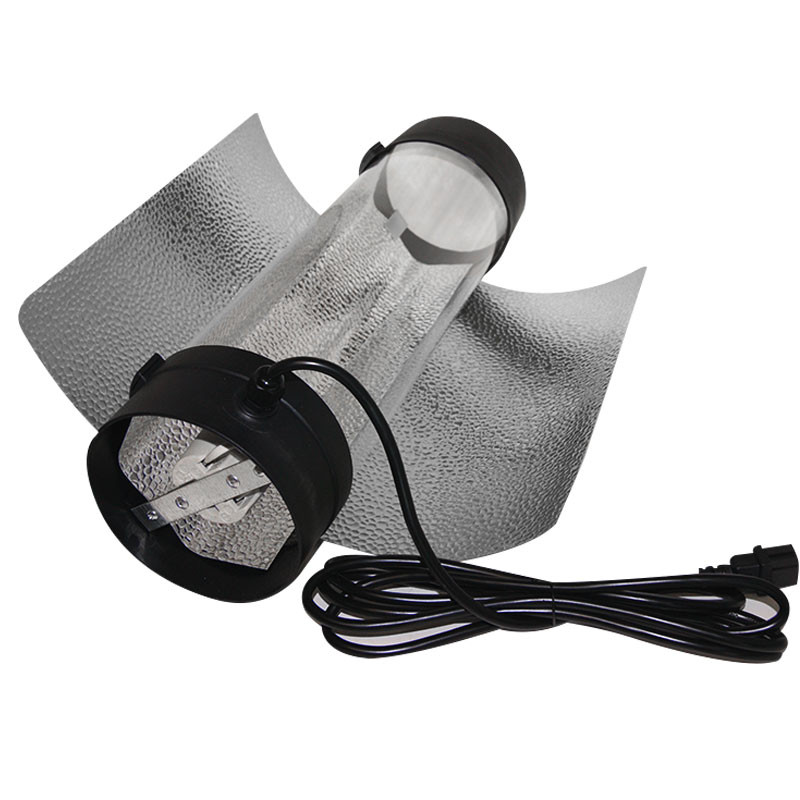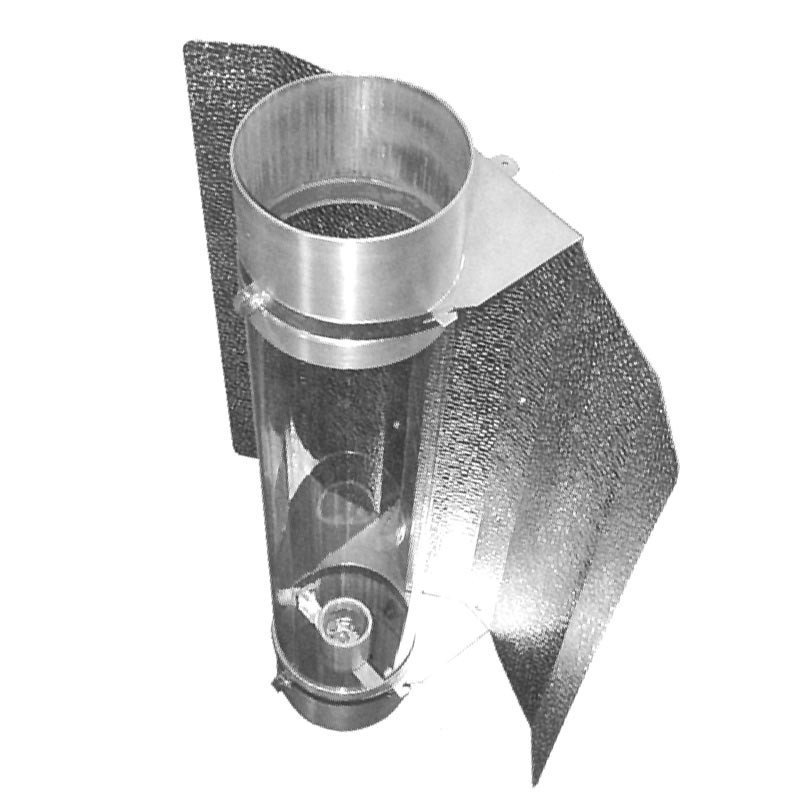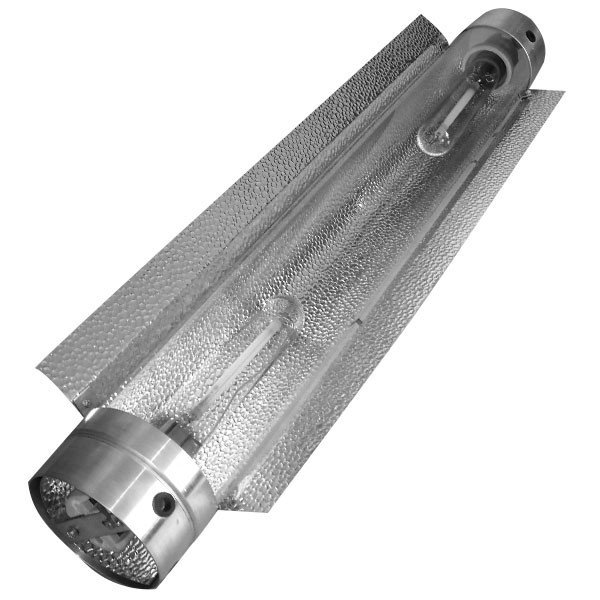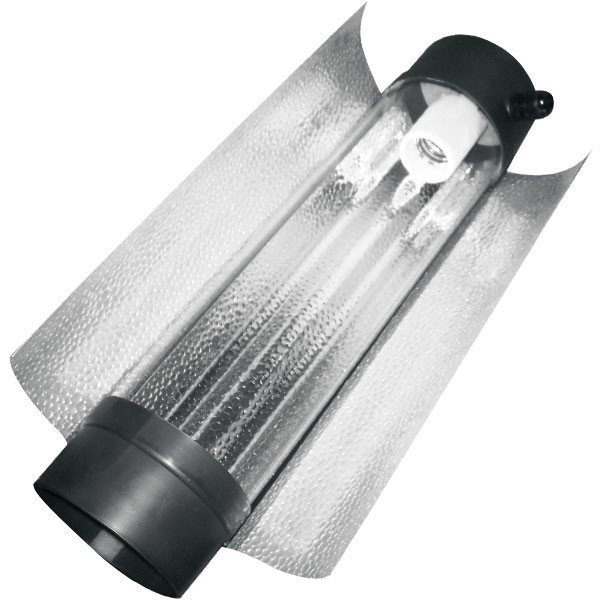Enclosed reflectors, in particular glazed and vented Cool Tube reflectors, offer an interesting solution for both novice and experienced growers. These reflectors are designed to dissipate the heat generated by HPS bulbs, which are commonly used due to their affordability and high light intensity.

Operating principle
The Cool Tube principle is based on enclosing the ampoule inside a borosilicate glass tube. This tube contains the heat emitted by the ampoule, preventing it from spreading into the culture chamber. Cool Tubes have openings at the ends, designed to be connected to a ventilation duct. One opening allows fresh air to enter, while the other allows hot air to escape to the outside of the growth chamber.

It's important to note that Cool Tube glass slightly reduces light reflection, meaning that plants will absorb slightly less light than with an open reflector. However, by using higher wattage bulbs and bringing the reflector closer to the top of the plants, Cool Tubes can bring more light to the plants, while maintaining a controlled temperature in the indoor garden.
Simplified installation
Installing a Cool Tube is simple. Just choose the right model, check the inlet and outlet diameters, and select a sheath to match these sizes. An air extractor is required to evacuate the heat dissipated by the bulb out of the culture chamber. The Cool Tube can be easily suspended using the hooks supplied or accessories such as the Easy Roller.
Benefits of use
There are several advantages to using a Cool Tube. The air extractor connected to the Cool Tube evacuates much of the heat produced by the bulb, while renewing the air in the indoor garden. The proximity of the Cool Tube to the tops of plants - sometimes up to 20 cm for a 400-watt bulb - promotes more efficient photosynthesis, as the greatest concentration of lumens is found within 30 cm of the bulb. What's more, Cool Tubes are generally low-profile, saving space in the grow room.
It's also possible to connect several Cool Tubes in series, taking care to adapt ventilation accordingly. This configuration is particularly useful for large-scale culture chambers, where you simply need to connect the ducting to a second Cool Tube. Growshops here are two examples of installations with two Cool Tubes on the same ventilation line, illustrating the possibilities offered by these reflectors.
A simple duct installation:

An installation with a charcoal filter :

At Growshopswe offer a selection of Cool Tube reflectors to suit your needs. We classify our reflectors according to their characteristics and range, to make it easier for you to choose the ideal reflector for your indoor garden.
Find out more about the benefits of Cool Tube reflectors and opt for this practical, effective solution for controlling heat and maximizing light intensity in your grow room. And remember, if you're short of space, LEDs are also an interesting option to consider, offering the lighting of the future without ballasts or reflectors.




